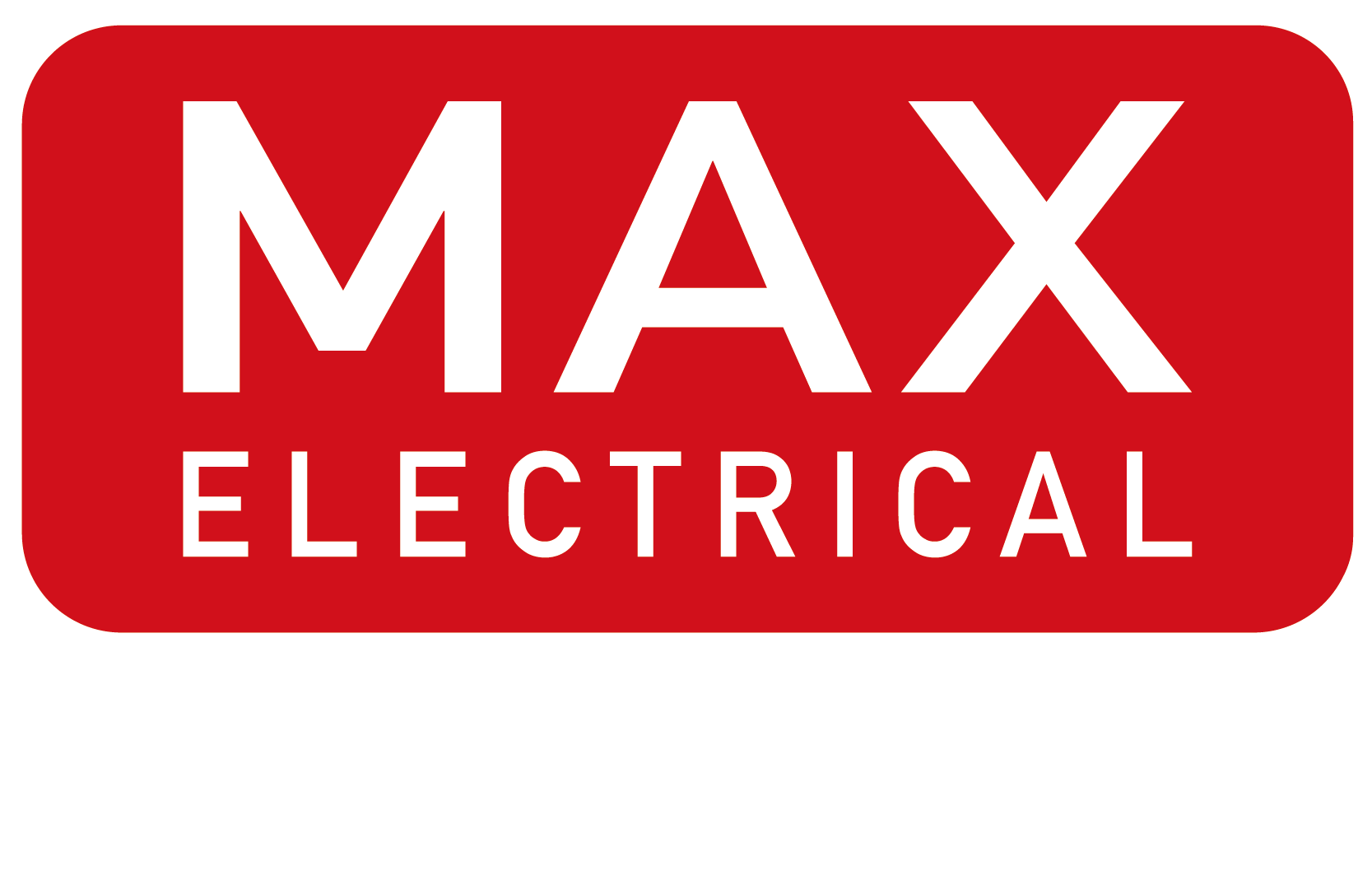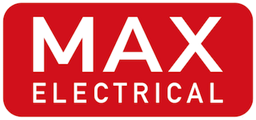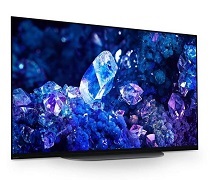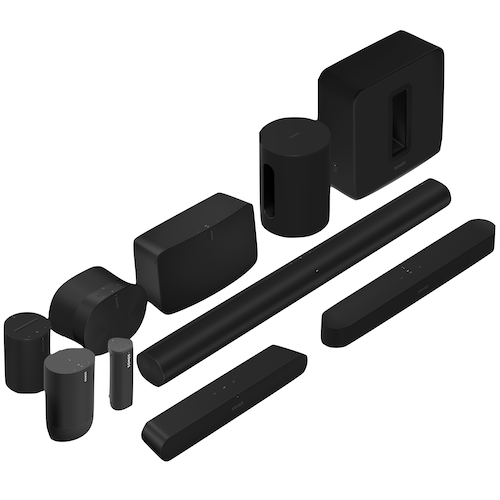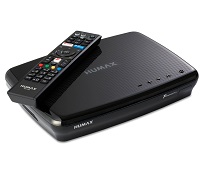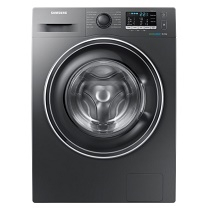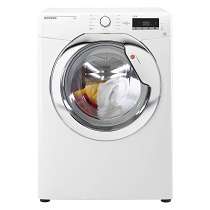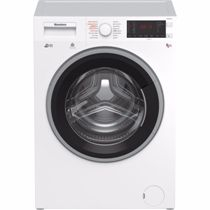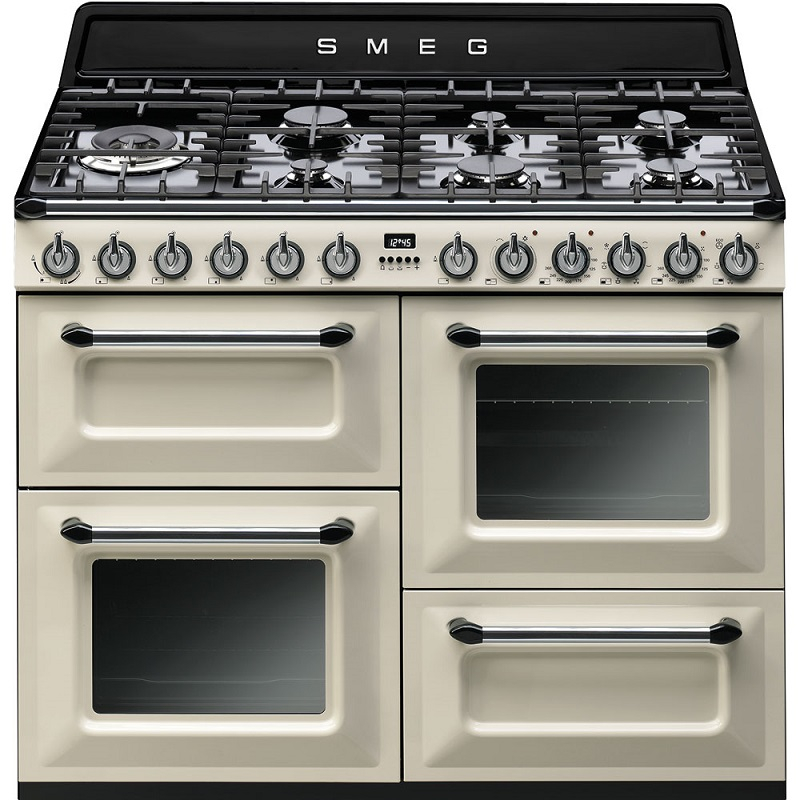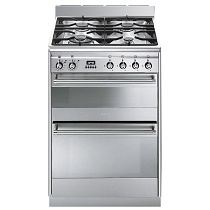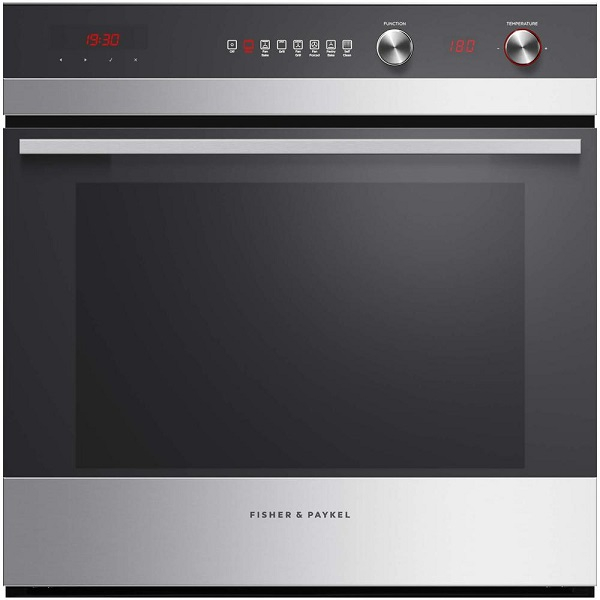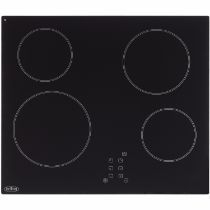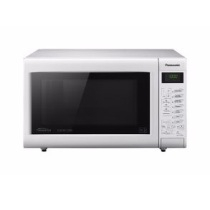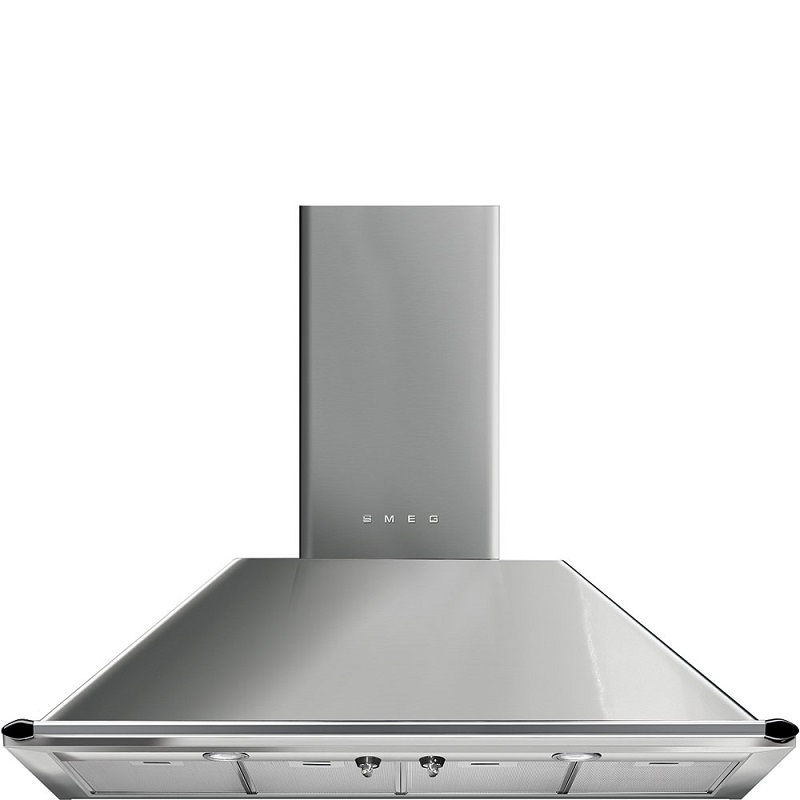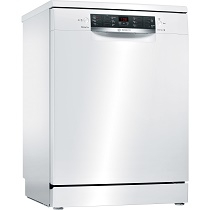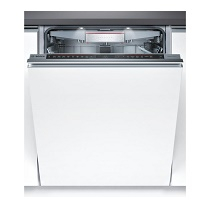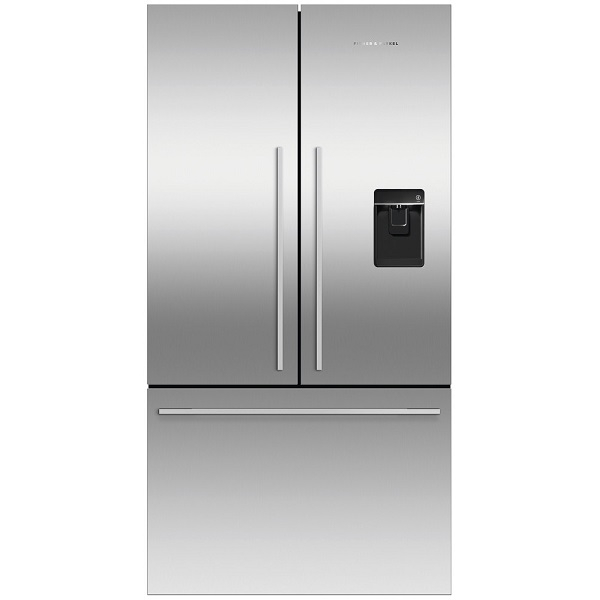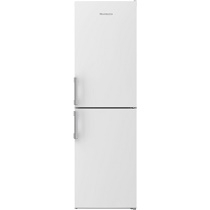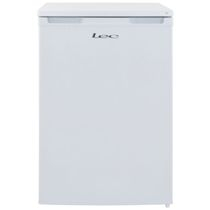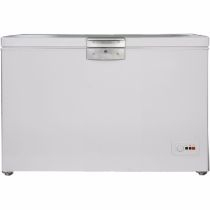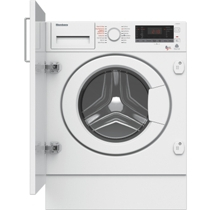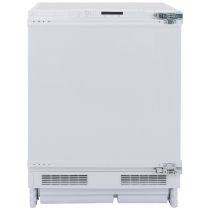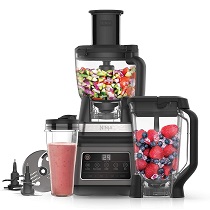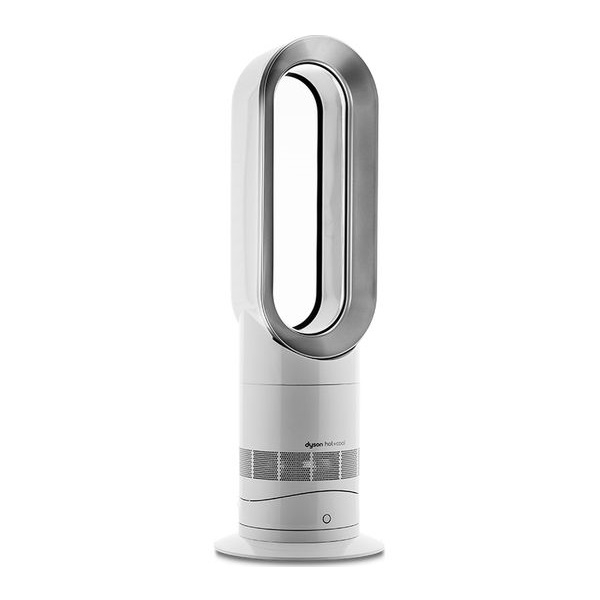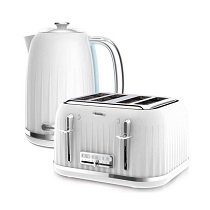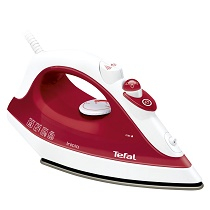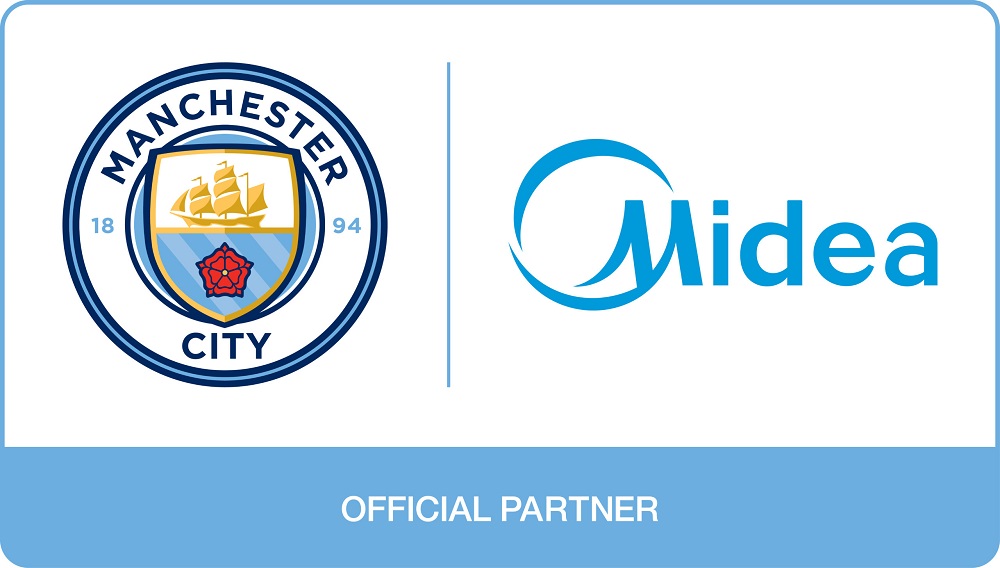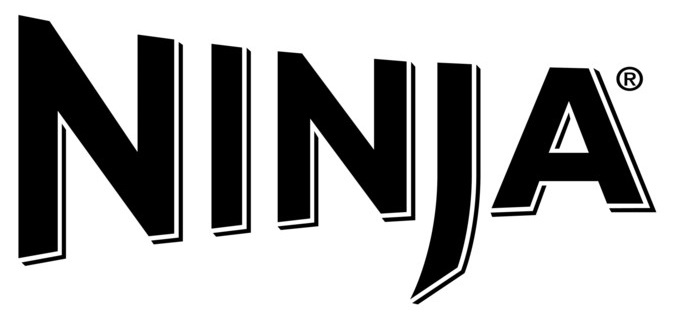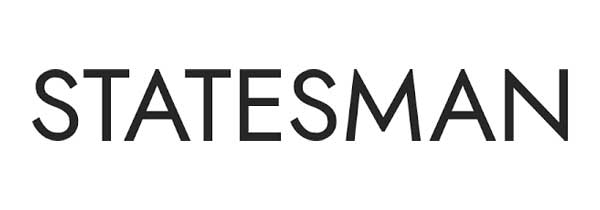Jargon Guide
Welcome to our basic technical Jargon Guide, hopefully some of the information here will be useful to you, however if you have any questions please call our knowledgable Max Electrical team on 01455 557177
Alternatively Email us [email protected]
Links
- Televisions
- Audio
- Blu-ray Players
- Washing Machines
- Dryers
- Dishwashers
- Refrigeration
- Cookers
- Hobs
- Electric Fires
- Televisions
-
High Definition (HD):
A more great picture quality. This comes in two levels;
HD Ready (720p) and Full HD (1080p).
Freeview HD, Freesat HD, Sky HD are all broadcasted in 720p.
Blu-ray Players, Xbox, PlayStation display 1080p
Ultra High Definition (4K):
The most superior picture quality yet. It's ultimately the long term replacement of High Definition. Offering 3840 x 2160 pixels (3840p).
Currently available via Netflix & YouTube. Soon to be available via Sky, Freeview & Blu-ray Players.
3D:
As it stands on all normal TV's you need to wear glasses for the 3D effect. Now there are two types of glasses to wear
Passive, these are the same which you get in the cinema today and are cheap.
Active, these are battery powered and cost much more money, however they give you a much sharper 3D Picture.
Refresh Rate:
This is measured in 'Hz' and the higher the refresh rate the better the TV screen is at handling fast moving programmes such as sports, and action movies.
Picture Quality Index (PQI):
This is a Samsung term and measures from 100 to 2400 and it's a combination of scores from Resolution, Colour, Brightness, Contrast, Motion, Noise Reduction & Immersivity.
HDMI:
It stands for 'High Definition Multimedia Interface' but that's unimportant. HDMI has taken over connections such as Scart, Component and S-Video it gives you the Full High Definition or even UHD picture from external devices such as a PlayStation, Blu-ray Player or Sky HD.
Optical:
This is an audio lead which carries a full 5.1ch in a digital format from your TV to your Surround Sound equipment.
USB:
A USB, or frequently referred to as a USB Stick can be used to put files on from your computer, such as Video's, Music & Pictures. These can then be inserted into your TV, Blu-ray Player or Home Cinema.
SD Card:
SD Cards are usually for digital cameras because of their compact nature, so any pictures taken on a camera with a SD Card in it can be taken strait out of the camera and strait into the TV's SD Card Slot.
Smart TV:
If you have a Wi-Fi Rooter at home a Smart TV gives you the opportunity to connect to the Internet via your TV. This gives you access to 'Apps' such as BBC iPlayer, ITV Player, 4oD, Demand 5, Web Browser, News, Weather, Skype and many more depending which TV you go for.
- Audio
-
Bluetooth®:
Gives you the ability to play your music wirelessly from Bluetooth® devices by pairing the devices together.
Digital Radio:
AKA DAB gives you access to extra content and information from your radio.
FM Tuner:
The good old fashioned radio tuner.
Optical:
This is an audio lead which carries a full 5.1ch in a digital format from your TV to your Surround Sound equipment.
3.5mm Aux Jack:
This is the typical sized headphone socket which is found on all iPods®, Androids®, iPhones®, iPads® MP3 players etc.
Lithium-ion Battery:
These are new long lasting batteries which give wireless speakers the ability tfor you to enjoy your music for up to 10 hours before requiring to be recharged.
Streaming:
Quite often music can be played via music streaming services (E.g. Spotify, Deezer, Napster) from the internet including internet radio and then can be controlled by free apps for your Android®, iPhone® or iPad® all working via the Wi-Fi network.
AirPlay:
This is a technology unique to Apple products only and gives you the ability to play your music wireless via AirPlay compatible devices via the Wi-Fi.
Acoustimass® module:
This is Bose's answer to the subwoofer and uses unique technology to give you deep bass for your sports, movies & music.
PhaseGuide® Sound Radiator Technology:
By playing the sound through finely meshed screens to project the sound around the room.
- Blu-ray Players
-
The primary selling point of Blu-ray is that it will display your favourite films and TV shows in full high definition (1080p), meaning that they will have more clarity than your old DVD collection. Blu-ray players are backwards compatible and able to play your olf DVD's.
The step up in image quality from DVD to Blu-ray is noticeably different; colour, detail and sharpness is better
- Washing Machines
-
Capacity:
The capacity in a washing machine is measured in Kilograms (Kg) of weight it can take.
Spin Speed:
This is measured in RPM, the higher the spin speed the drier your clothes will come out at the end of the wash, however they will become more creased.
Delay Timer:
Have your clothes ready for you by letting the machine know in how many hours time you want it to complete its cycle
Fast Wash:
This is less energy efficient and a smaller wash load, but can be completed in up to 15 minutes time
- Dryers
-
Capacity:
The capacity in a washing machine is measured in Kilograms (Kg) of weight it can take.
Reverse Action:
Spins in 2 directions to give the clothes an even chance to dry
Vented Dryer:
The hot damp air is vented from the machine into a tube provided generally out through a hole in the wall.
Condenser Dryer:
Condenser dryers collect the hot damp air into a container drawer built into the machine
Heat Pump Dryer:
Rather than drawing air from its surrounding environment, the tumble dryer heats the air which is already inside its loop. When blown over the clothes in the drum, the heat causes the water to evaporate. The hot, damp air passes from the drum and is recondensed. The same (now dry air) is heated and passed through the drum once more.
- Dishwashers
-
Place Setting:
The higher this is the more you can fit in the appliance, a place setting is measure as 1 plate, 1 knife, 1 fork & a glass.
Delay Timer:
Have your cutlery ready for you by letting the machine know in how many hours time you want it to complete its cycle
Rinse Aid:
Most Dishwashers tell you when this is empty and what it is for is to make your glasses have that twinkling shine
Dishwasher Salt:
This must be Dishwasher Salt and not ordinary salt, this is essential for the dishwasher and it is not advised to us the dishwasher without this.
- Refrigeration
-
Frost Free:
Never have to thaw out your freezer again, this stops ice building up in the freezer.
Static:
In a static freezer you would have to empty out approx. every 6 months, turn off and wait to melt to get rid of ice build up.
Holiday Mode:
When you're at home the door is frequently opened & closed and the refrigerator works hard to maintain a constant temperature using energy, when you're away the refrigerator is left and by pressing the holiday mode button the appliance will use less energy knowing to doesn't have to work so hard.
- Cookers
-
Single Oven:
This means you have one compartment to do the cooking in. These can be Fan, Conventional, Gas, Multi-functional and have a Grill depending on the Model
Double Oven:
This means you have two compartments to do the cooking in. The bottom Oven can be Fan, Conventional, Gas or Multi-functional depending on the Model. The top compartment has a grill and can be either gas, fan or conventional depending on the model
Twin Cavity:
This means you have one Oven compartment at the bottom which can be Fan, Conventional, Gas, Multi-functional. And the top compartment is for your grill.
Fan Oven:
This is electric and means the heat is even throughout the oven
Conventional Oven:
This means the heat comes from the top and the bottom meaning the coolest park of the oven is in the middle.
Gas Oven:
The heat in this is warmest at the top and coolest at the bottom of the oven.
Multi-Function Oven:
This gives you the ultimate flexibility in cooking, you can choose what you want to do and where you want the heat, for example
Defrost: Removes the moisture using the fan
Rapid heat: Works 30% quicker than normal
Top & Bottom Heat: Replicating a conventional Oven
Top heat: Used for browning the top or grilling
Base heat: Used for cooking pastry bases
Electric Fan: Even temperature throughout
- Hobs
-
Induction:
Induction is like having an individual heating element inside each pan. When a pan is placed on an Induction Hob, it completes a magnetic circuit below the hobs surface, which creates energy within the pans base, and this in turn heats the pans contents. They're 30% more energy efficient than Gas & 25% more energy efficient than Ceramic. In terms of safety if the controls are turned on accidentally the hob will only heat up if a pan is placed on the zone. Once cooking has finished the surface is warm to the touch. The speed in which Induction boils water is nearly twice as quick as a gas hob and 30% faster than a ceramic hob. Easy to clean; No burnt on food - wipe clean to return to its stunning looks.
Ceramic:
A ceramic hob uses radiant heat from an electric heating element concealed under the glass of the hob. A halogen hob uses a heat source consisting of a filament surrounded by halogen vapour. This type of hob is now relatively rare.
Domino:
Domino hobs are normally two ring hobs, which can be arranged together with other hobs to provide any required combination of hob types and fuel sources.
Gas:
Easy to control heat
Gas is an instant, visible heat source
Good overall heat distribution
- Electric Fires
-
Opti-Myst:
Using unique state-of-the-art technology, Dimplex have created the most realistic flame and smoke effect ever seen in an electric fire – an illusion so effective that we believe it is difficult to distinguish it from the real thing.
The fully 3-dimensional effect uses established ultrasonic technology adapted from commercial applications to create an ultra fine water mist that is illuminated to create the ‘flames’ and the ‘smoke’. This produces an effect that surpasses all expectations for realism in an electric fire.
For more technical information on how the Opti-myst effect works, please download the Opti-myst Explained leaflet.
Optiflame®:
Optiflame® is the world’s most popular electric flame effect, and can be found in a wide selection of Dimplex fires. It is a unique, patented means of generating realistic simulated flames from an electric source and creates the illusion of flames emanating from the centre of an enhanced depth fuel bed to provide a realistic glow that can be enjoyed throughout the whole year.
Dimplex revolutionised the fires market when they launched the first Optiflame® effect in 1988 and since then they have consistently refined and improved it to the level of perfection that you see today. As a result, they have won numerous awards for their fires and they have also been selected to feature on a number of mainstream TV home interest programmes and in feature pieces at home interest shows.
Can't find the answer?
Call the techsperts on 01455 557177 and we'll be delighted to help.
Alternatively Email us [email protected]
Alternatively Email us [email protected]
